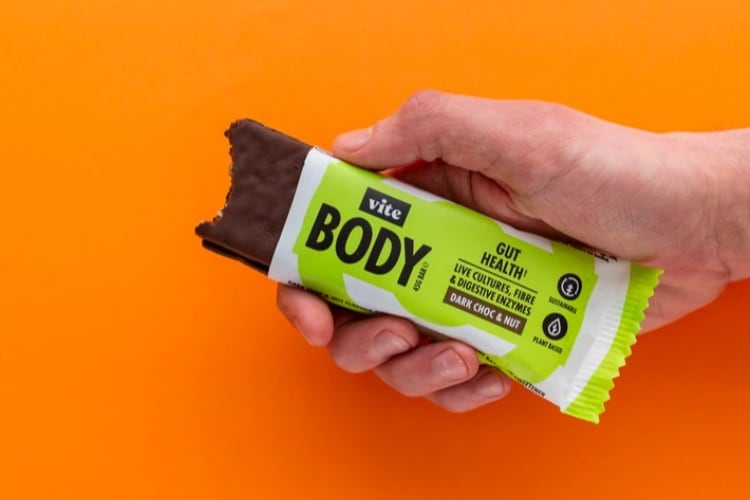The pandemic has put an even greater emphasis on preventative health for consumers with a renewed focus on nutrition and gut health.
According to Linkage Research & Consulting Inc, 87% of Americans understand there is a connection between digestion and health, while 70% claim to be proactive about their digestive health.
The bakery and snacks categories are in an excellent position to capitalise on the increased consumer interest in digestive health. Many of these products are already rich in dietary fibre and can be supplemented with prebiotic fibre to boost the microbiome.
Prebiotics’ role in gut health
Prebiotics and probiotics are easily confused but play distinct roles in maintaining good digestive health.
The gut microbiome is home to trillions of bacteria, both good and bad. Probiotics are the good bacteria that fight off bad bacteria in the gut and help establish a healthy microbiome.
Prebiotics are soluble fibres often found in grains, vegetables and fruits. They are nondigestible, meaning human enzymes cannot break them down. As a result, prebiotics work symbiotically with probiotics, serving as food for the good bacteria and promoting their growth.
Having a healthy balance of good versus bad bacteria can help protect against pathogens, benefit the immune system and support overall health.
When creating snacks and baked goods with added digestive health benefits, probiotics can be difficult to incorporate due to the limited availability of heat-resistant strains.
Prebiotic fibres offer formulation benefits for manufacturers and convenience for consumers. By incorporating prebiotic fibre into snacks and baked goods already a part of their daily routines, consumers can meet their gut health needs without adding a new supplement.
Tolerability and digestion
Before including prebiotic fibres in bakery and snacks, manufacturers must consider significant tolerability and formulation concerns.
Many popular prebiotic fibre options require high inclusion levels to be effective. For example, 5g or more is needed of inulin, a commonly used prebiotic fibre derived from chicory root. These higher inclusion rates render many prebiotic supplement, food and beverage formats impractical.
Many popular prebiotic fibre options are also oligosaccharides, a type of fibre that the popular low-FODMAP diet cautions individuals to avoid due to tolerability concerns, including bloating and GI distress.
Luckily for producers, there are more prebiotic fibre options available on the market than ever before. Novel prebiotic fibres from different fibres – including polysaccharides and resistant starches – are becoming increasingly available. These prebiotic fibres are tailored to offer functional benefits while being more versatile and easier to incorporate.
Having more prebiotic fibre options also benefits consumers. Many probiotic strains exist, as well as many prebiotic dietary fibres – so gut health is not a one-size-fits-all formula. As such, some probiotics work better with specific prebiotics and vice versa. No one scientifically validated ‘super prebiotic’ optimises every strain of probiotic in the gut. A diverse diet of prebiotics is needed to optimise an array of probiotics within the gut.
The future is prebiotic
According to Nutrition Business Journal data, the US digestive health market has nearly tripled in size within the last decade and is predicted to reach $5.7bn by 2024.
Prebiotic sales currently make up a small portion of the overall digestive health market but are showing strong growth, having doubled every year since 2016 and surpassing $425m in sales in 2020.
Additionally, awareness of prebiotics has grown to 81%, with 35% of supplement users taking prebiotics at some level, according to Ingredient Transparency Center (ITC) Insights' 2020 Consumer Survey.
So, in the coming years, we can expect to see a whole host of NPDs fortified with prebiotics to meet the growing gut health demand.





